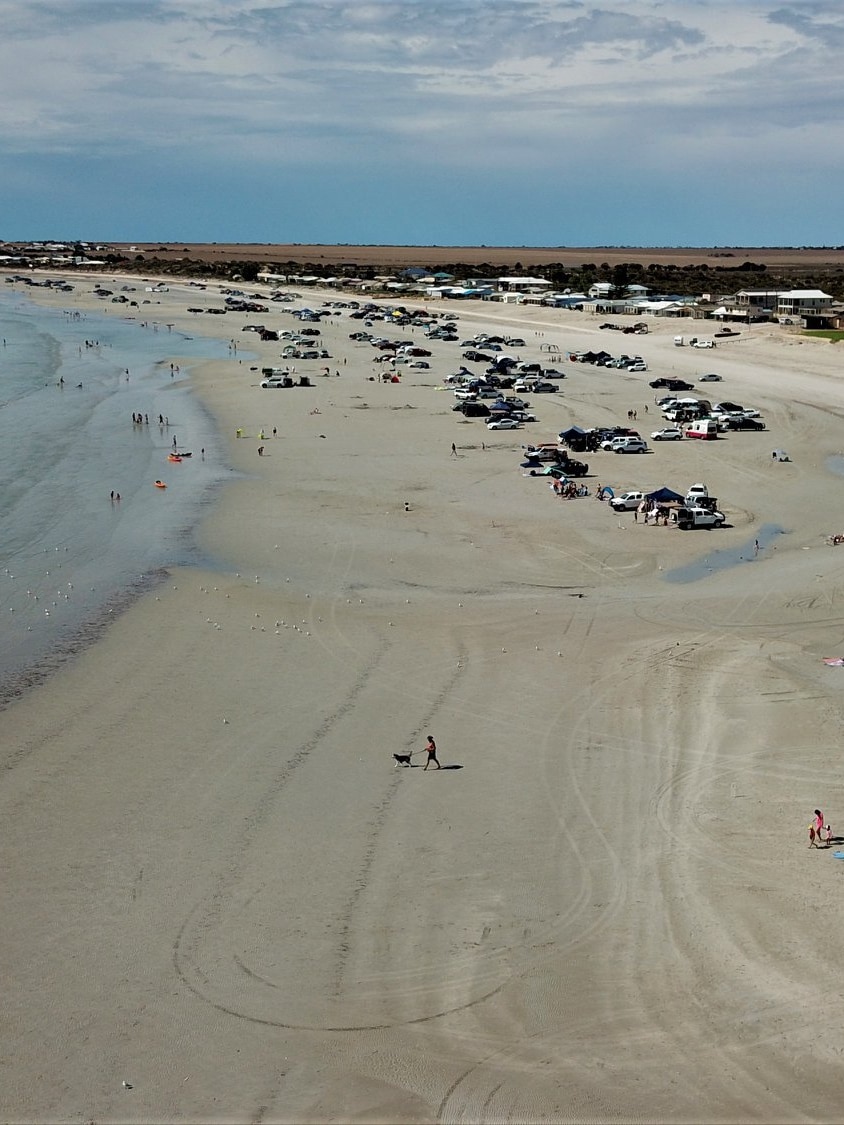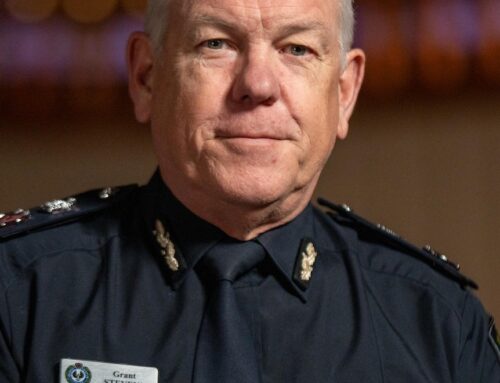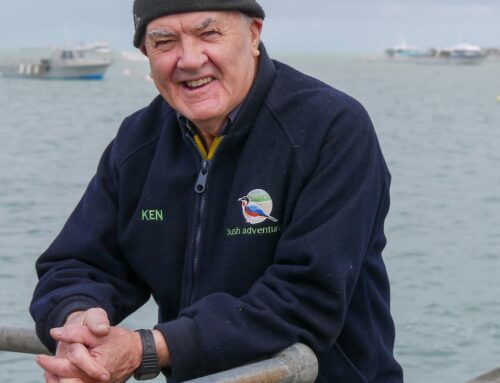South Australian beachgoers have taken matters into their own hands to stop speeding drivers at beaches, including by digging trenches and putting up homemade signposts.
Key points:
- The SA government is consulting with the community to decide whether to lower default speed limits at drive-on beaches in the state
- Current rules classify the beach as a road-related area, with a default limit of 100kph for non-built-up areas without a signed speed limit
- Some drive-on beaches, including at Wallaroo and Robe, have signposted speed limits
It was this week revealed there is a 100 kilometres per hour default speed limit for unsigned beaches that allow vehicle traffic, according to the Road Traffic Act of 1961.
The state government has launched consultation with the community to introduce a default speed limit of 25kph or 40kph at all SA beaches.
Another option would be a default speed of 40kph that would change to 25kph when passing pedestrians.
The community can also vote to have no changes to current speed rules.
Streaky Bay Mayor Travis Barber said the three council’s three beaches allowed on-sand traffic — Perlubie Beach, Sceale Bay and Yanerbie Beach — had default speed limits of 100kph.
“We’ve been negotiating, writing letters for a while now to try and get either the 25 or the 40kph because … we’ve been really worried that someone is going to get hit and seriously hurt one day,” Cr Barber said.
He said some beachgoers created their own speed restriction measures.
“Some people have big sandwich boards — like an advertising board in front of a shop — and they have ‘slow down, children present’ on them,” he said.
“And there’s also a big thing that’s come in the last few years … where families are actually digging trenches from their car down to the water, 30 centimetres deep by a foot wide.
“Just so when cars come up they see the hole and they slow down. If they have half a dozen of those along the beach it manages them in a way.”
Cr Barber said the council was more in favour of the 25kph speed limit to allow for more reaction time.
“When someone is just running straight towards the water, they’re not thinking left and right, they’re not thinking they’re near an intersection … so they do just bolt to the water,” he said.
Some beaches do have speed restrictions
North Beach at Wallaroo allows drive-on traffic and has a 30kph signposted speed limit
“I can remember when I was 16 and just driving … and there was a speed limit back then so it’s been in for a long time,” Copper Coast Mayor Roslyn Talbot said.
“I have witnessed the police down there monitoring that and giving people fines for not adhering to it,” she said.
SA Police said officers could fine motorists for speeding on beaches, so long as it was signposted and the speed limit was gazetted.
If the state government legislated default speeds on SA beaches, speeding motorists on beaches could be issued expiation notices and attract demerit points.
Robe Council chief executive James Holyman said Long Beach at Robe had a 25kph speed limit.
“This summer we had a large electric board that reinforced for visitors that the speed limit is 25kph,” he said.
“Through the summer, police patrol daily and moderate behaviour.
“Overall for public safety I think its a great idea [to introduce default speeds]. If we’re going to have vehicles on the beaches then they need to be appropriately driven and controlled.”
Posted , updated




